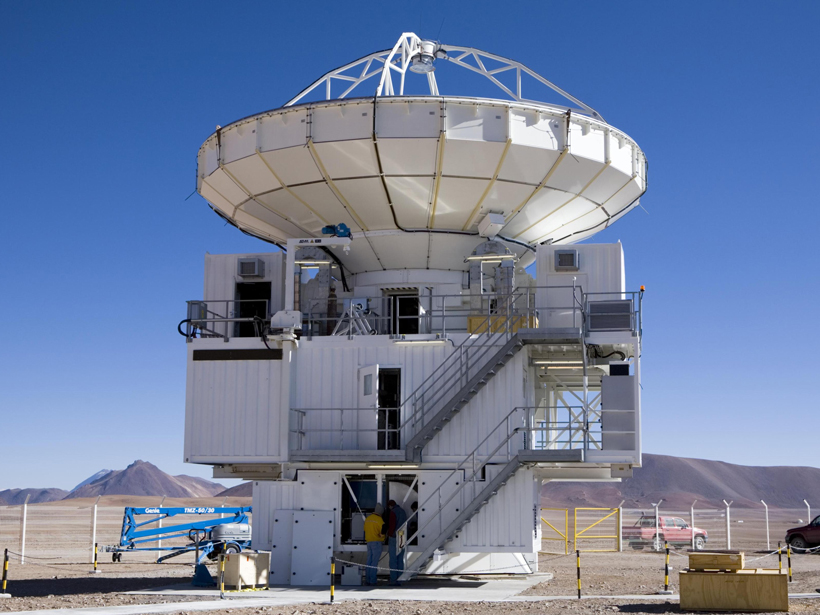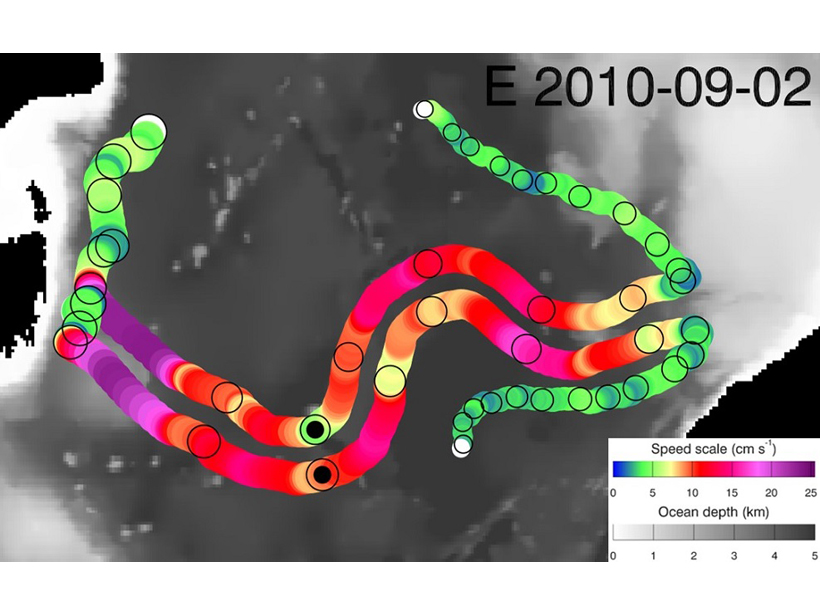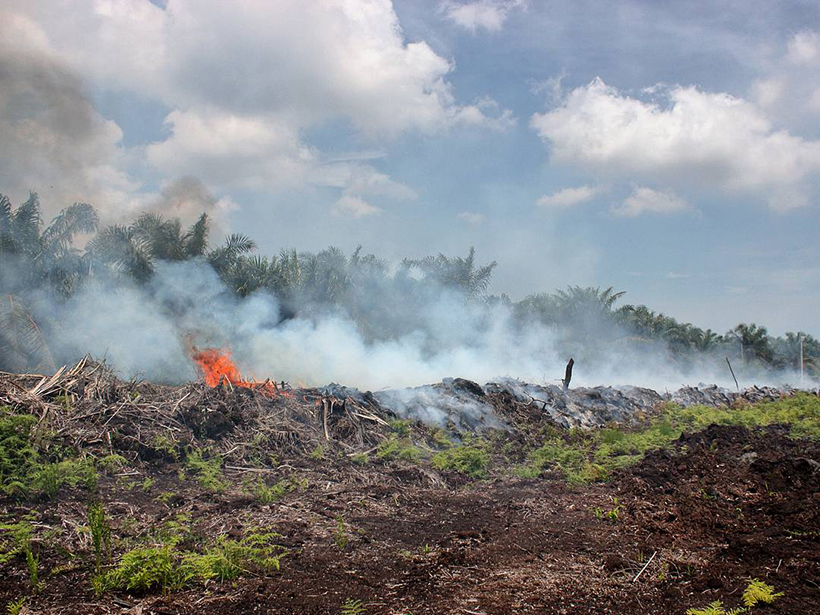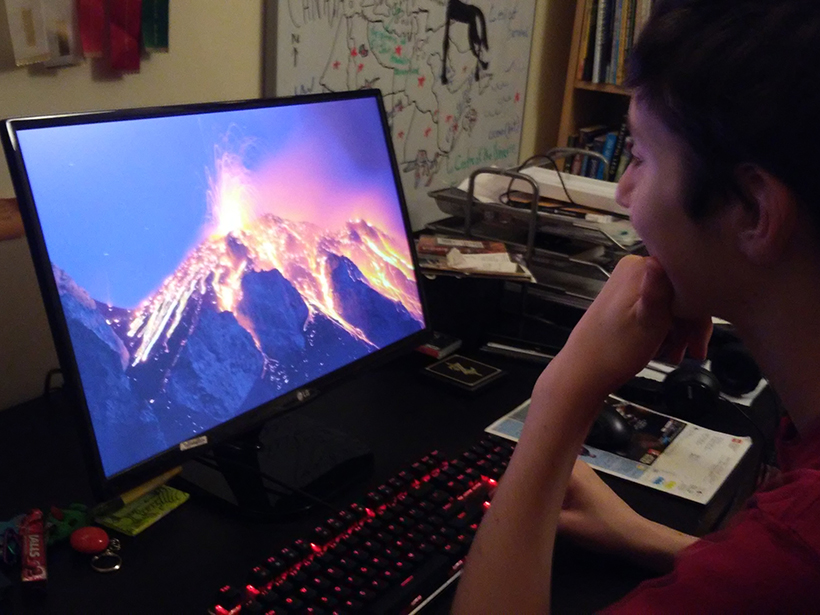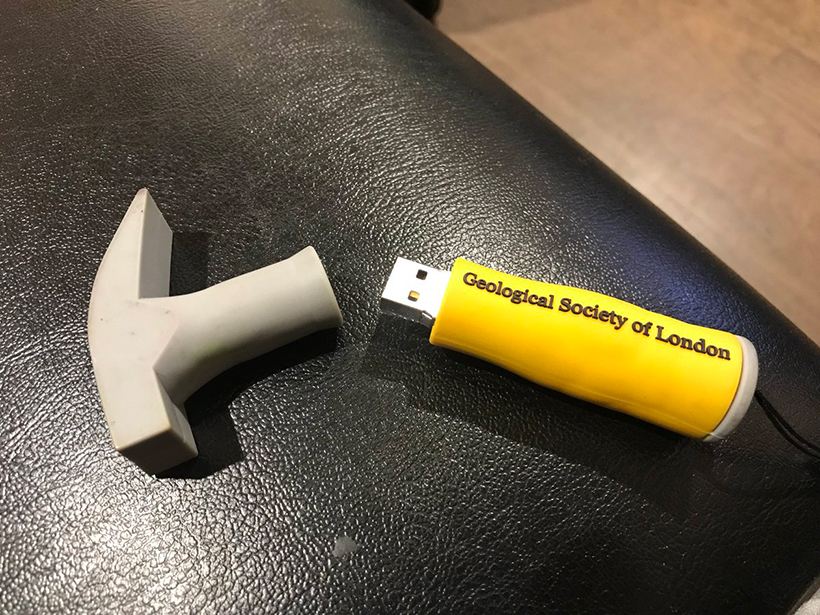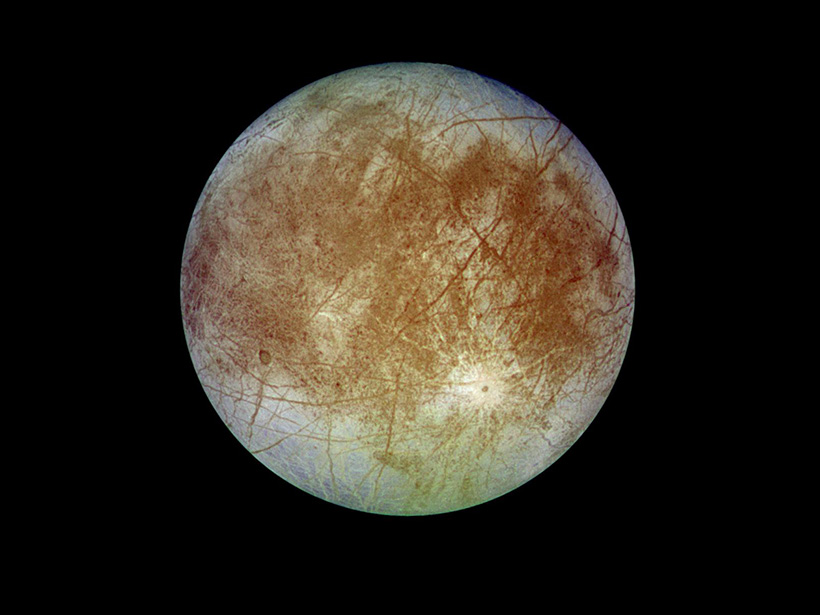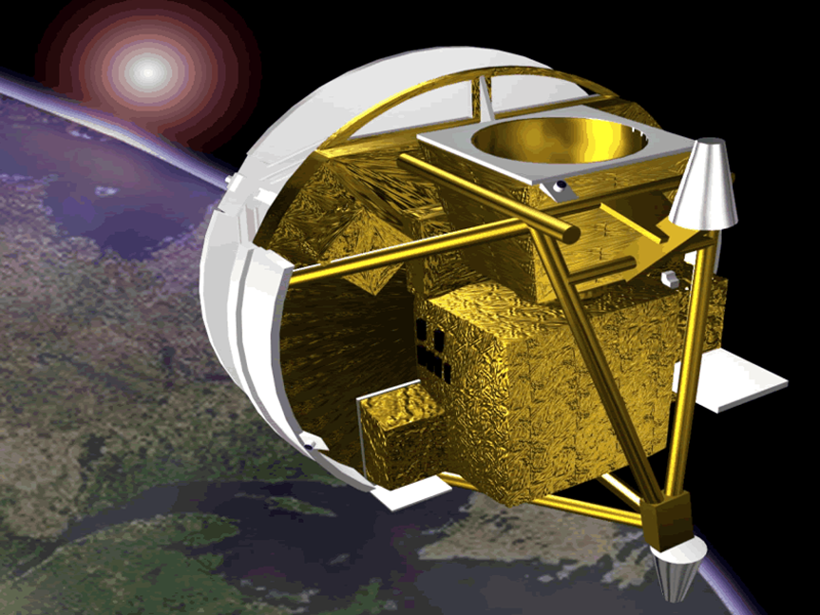Astrophysicists are using a global atmospheric model to help them coordinate a multicontinent, radio-frequency observing campaign to gaze at the black hole at the center of the Milky Way.
CC BY-NC-ND 2018
History of Water on Mars’s Surface Is Longer Than We Thought
Curiosity’s two-step heating experiment of mudstone at Gale crater reveals minerals that formed in the presence of water less than 3 billion years ago.
Two Paired Eddies Travel Faster and Further Than One
The first observational evidence of dipole eddy pairs (modons) in the southern midlatitude ocean reveals that they move faster, live longer, and travel greater distances compared to single eddies.
Measuring Emissions from Smoldering Peat Fires
A new study measures emission factors for tropical peatland fires in Malaysia.
A New Massive Open Online Course on Natural Disasters
Two professors put their college course online. Enrollment jumped more than 20-fold, and a forum for exchanging ideas with a multigenerational international community was born.
When Your Weird Science Gets Stopped at Airport Security
“Gamma ray spectrometer,” “rock hammer,” and “putty knife” are not phrases that airport security likes to hear.
Trump’s Address to Congress Largely Ignores Science
Speech touts ending “the war on coal” but makes no reference to climate change.
Seeking Salt That Surfaces from Europa’s Hidden Ocean
Irradiation-induced color changes in sodium chloride could reveal whether it came from ocean water mixing with surface water, a key component of the moon’s potential to support life.
First Near-Global Measurements of Isotopic Nitrous Oxide
By harnessing satellite data collected from low-Earth orbit, scientists can now track the distribution of atmospheric nitrous oxide and its isotopes.
Space Weather: Exploiting Meteorology’s Toolkit
Space weather forecasting is benefiting, and can benefit much further, from concepts and tools already developed by the global meteorological community.

